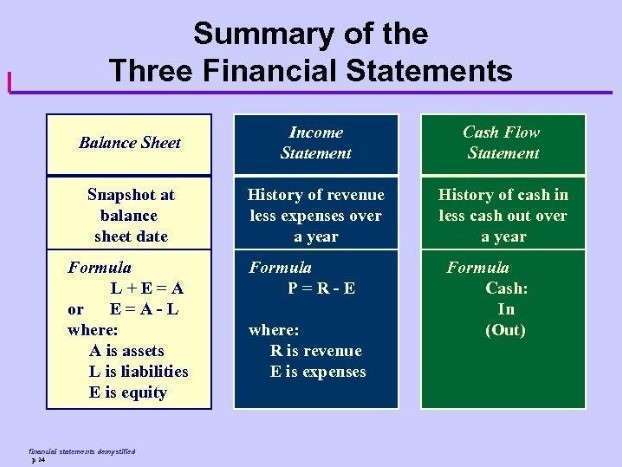
Attempting to correlate symbolic time with actual time periods is fruitless if one tries to turn symbolic years, months, weeks, and days into numbers of real historic years or to actual dates. If you spend the wages https://www.bookstime.com/ earned from one hour of work on a non-essential product or service, you have effectively limited your hour’s worth of work to its face value. If your multiplier is not in the list, selecting the «Other» option will reveal a field wherein you can enter your custom multiplier. If your multiplier option is not available in the drop down list, select Other and enter the multiplier. A Data Record is a set of calculator entries that are stored in your web browser’s Local Storage.
- Each role must pass specific duty tests to qualify for an exemption.
- For instance, if an employee’s standard hourly rate is $20, their time and a half pay would be $30 per hour.
- Now, multiply the number of overtime hours by the time and a half rate to calculate the total overtime wages due to the employee.
- Identify how many overtime hours the salaried employee worked during the pay period.
- Multiply the new regular hourly rate by 40 to get the regular wages for the week.
- Time and a half an employee’s regular rate of pay for each hour worked over 40 in a workweek is the federal overtime pay rate for employees who are nonexempt under the Fair Labor Standards Act (FLSA).
- Accurate overtime calculation is crucial for compliance with labor laws and avoiding financial penalties.
Time And A Half Calculator
Eligibility for time and a half pay hinges on the classification of employees under the FLSA into exempt and non-exempt categories, a distinction that directly impacts who receives overtime compensation. But again, if you use your overtime wages to splurge on non-essentials, it is you who is limiting your compensation, not your employer. Enter a rate of return in the following form and click the «Calculate Time to Double» button to see how long it will take to double your overtime wages if you invest them instead of spending them. If you usually work a 40-hour week, but one week you do 48 hours, your pay slip may seem a bit more complicated. That’s becauseyou’ll be paid for 40 hours as standard, then you’ll get time and a half on the extra 8.
- This section explores how time and a half applies to holiday pay and shifts that fall outside of normal working hours, including common scenarios and exceptions.
- Regular audits and transparent communication with employees about overtime policies also help prevent errors.
- If you are paid $20 per hour, your time and a half pay will equate to $30 per hour ($20 × 1.5).
- The FLSA narrowly defines exemptions, so employers should refer to the DOL for more specific guidelines.
- I gave up trying to support other web browsers because they seem to thumb their noses at widely accepted standards.
- Getting time and a half right starts before payroll even comes into play.
How can employers avoid common mistakes in calculating time and a half?
To calculate the total pay for the pay period, add the standard weekly salary to the overtime wages. Time and a half pay refers to the overtime pay that non-exempt employees are entitled to when they work for more than 40 hours a week, as mandated by the Fair Labor Standards Act (FLSA). It’s called time and a half pay because it’s equivalent to an employee’s hourly rate multiplied by 1.5 per hour of overtime. To calculate the standard hourly rate for a salaried employee, divide the standard weekly salary by the number of standard work hours in a week (usually 40). Once you have the standard hourly rate, calculate the time and a half rate by multiplying the standard rate by 1.5 (representing the “half” extra pay for overtime hours). The first step in calculating retained earnings time and a half is to determine the employee’s standard hourly rate.

Calculator Instructions
Under federal rules, time-and-a-half overtime rates apply when a nonexempt employee works more than 40 hours in a single workweek. Individual states, however, may have different overtime requirements. For instance, overtime may accrue by the workday rather than the workweek or double-time rates may apply. In addition to federal regulations, some state employment and labor laws mandate time and a half pay for employees who work on holidays or shifts that go beyond 8 hours in one day. While not federally mandated, many employers choose to offer time and a half pay as holiday pay to employees working on recognized holidays as an incentive or benefit.

Time and a Half Calculator
Exempt status does not apply to all employees in the above jobs and industries. Consult the FLSA website for details and guidelines regarding specific exempt employees. Some time and a half obligations only apply to employees who are categorized as non-exempt. Exempt employees are typically in salaried executive or administrative roles and are not entitled to overtime.
Plus, it streamlines paperwork like signing contracts, filing W-4s, and submitting employee personal details. Obviously, time and a half pay must be based on accurate pay rates in the first place – this is easier said than done, especially for employees who might receive varying pay rates. With this in mind, you’ll need to calculate time and a half pay rates according to the correct rates for every employee, no matter the team, shift, or role they work in. For example, John earns $12 an hour, worked 48 hours this week, and received a bonus of $20 for perfect attendance.

If you find that annoying, select «Unstick» to keep the panel in a stationary position. Follow me on any of the social media sites below and be among the first to get a sneak peek at the newest and coolest calculators that are being time and a half for 25 added or updated each month. If it’s not filled in, please enter the title of the calculator as listed at the top of the page. All calculators have been tested to work with the latest Chrome, Firefox, and Safari web browsers (all are free to download). I gave up trying to support other web browsers because they seem to thumb their noses at widely accepted standards.
Salaried employee with nondiscretionary bonus example
- Under the Fair Labor Standards Act (FLSA), organizations must pay this rate to non-exempt employees who work more than 40 hours in a workweek.
- The FLSA requires employers to pay non-exempt employees time and a half for hours in excess of 40 hours in a workweek.
- Additionally, the example assumes the $20 bonus applies to this specific week only.
- Nondiscretionary bonuses must be included in regular rate calculations.
- To calculate time and a half pay, multiply your regular hourly wage by 1.5 and then by the number of overtime hours worked.
- The first step in calculating time and a half is to determine the employee’s standard hourly rate.
Even salaried employees can be eligible for overtime, making it crucial to understand the rules and exemptions on the state and federal levels. Calculate the hourly overtime rate by multiplying the standard hourly rate by 1.5. Calculating time and a half for hourly workers is fairly straightforward because you’re already aware of their hourly rate . To compute overtime pay , look at this example and follow these steps.

How to Use the Time and a Half Calculator?
If you would like to save the current entries to the secure online database, tap or click on the Data tab, select «New Data Record», give the data record a name, then tap or click the Save button. To save changes to previously saved entries, simply tap the Save button. To know more about what makes an employee exempt or non-exempt, read this guide. In addition, individuals who don’t work for an enterprise, but are engaged in interstate commerce or domestic service, may still be subject to the FLSA. —In our next lesson we consider that when God’s people undergo painful trials, it can feel as though God does not notice or care.
